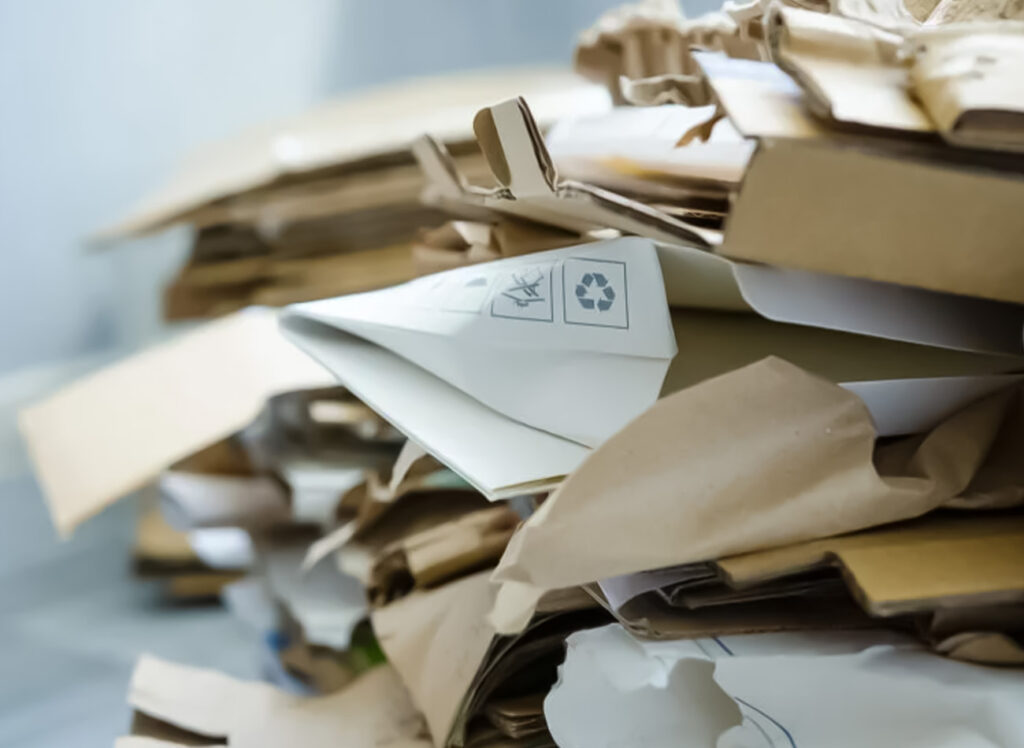Collection
The first stage is the collection of paper waste. At this stage, separate collection containers or recycling bins are used by homes, businesses, schools and other institutions. Waste paper is collected separately to reach recycling facilities.
Separation & Classification
The collected paper wastes are brought to the recycling facilities and the separation process is done there. At this stage, different types of paper waste are separated from each other. For example, newspapers form a separate group, while cardboard boxes are collected in a separate group.
Dough Production
The extracted paper wastes are turned into pulp by grinding or shredding. This pulp is mixed by adding water and the paper fibers are released.
Shaping and Drying
The dough is brought to the desired thickness and size by special forming machines or casting methods. Then, the papers are subjected to the drying process. Moisture is evaporated using heat and air circulation.
New Paper Production
The dried papers are packaged in rolls to be used for new paper production. These rolls are sent to factories that produce paper products.

